
Occupation (1919-1922)
After the defeat of Germany, the Allied occupation of the Rhineland began. Based on their “bridgeheads” in Cologne, Koblenz and Mainz, the Allies formed three occupation zones. The Americans took over the Koblenz area.

After the defeat of Germany, the Allied occupation of the Rhineland began. Based on their “bridgeheads” in Cologne, Koblenz and Mainz, the Allies formed three occupation zones. The Americans took over the Koblenz area.
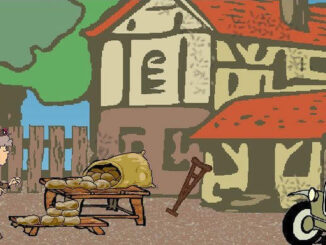
[Rhineland, 1918] Millions of soldiers had fallen, hundreds of thousands of people had starved to death, and the young republic was struggling against crushing burdens. There was much hunger, housing shortages and pauperization.
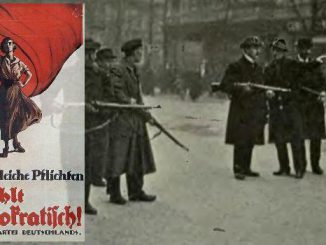
[Germany, 1918/19] Kathi and Max were fond of each other, and at Christmas, the Bergmanns invited him to their home. Much was happening in these days, and they anxiously followed the events in the capital Berlin.

[Germany, 1919] On February 6, 1919, the National Assembly met at the National Theater in Weimar, because fighting continued in Berlin. this venue has given the first German Republic its name.
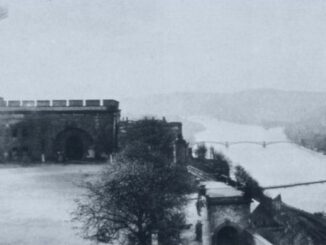
[Rhineland, autumn 1919] Chiara in America was relieved that the war was finally over. But still her husband John and his comrades were in Europe. Then she got a letter from him, posted in Coblenz.
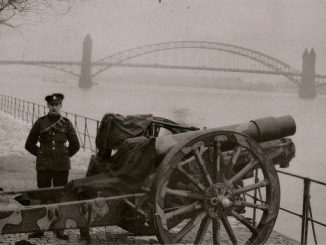
[Rhineland, autumn 1919] By the end of September, fraternization was finally allowed, and both Germans and American soldiers seemed pleased. Chiara made plans to meet her German relatives.
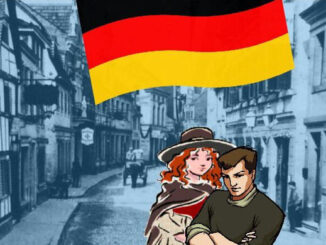
[Rhineland, spring 1920] After their first meeting in Bonn, the awkwardness between Chiara and John, officers with the American Forces in Germany at Coblenz, and their German relatives quickly disappeared.
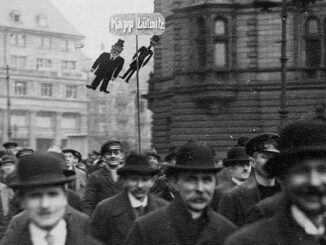
[Rhineland and Berlin, March 1920] The first years of the Weimar Republic were almost civil war like. The deep division of the country, the hatred and the violent radicalization aggrieved Kathi and Max.

[Rhineland, 1920] The putsch and the Ruhr crisis were over. It had been days of tension for the American Forces, too, as Reichswehr troops marched into the Ruhr area, That contravened the Treaty of Versailles.
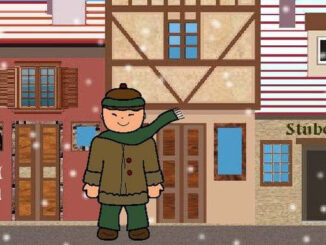
[Rhineland, spring 1920] The young Republic was overshadowed by political turmoil and great need. Many people blamed the republican politicians rather than the wartime leaders for the defeat and the hard Treaty of Versailles.

[Germany, August 1921] A black fabric rosette hung in the window of the “Stübchen”, next to it a black-red-golden one. A few days ago, on August 26, 1921, Matthias Erzberger had been murdered.
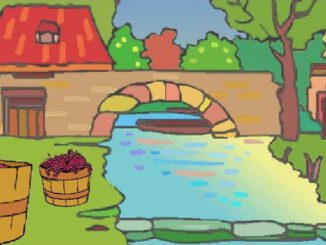
[USA, 1920/1921] In the USA, the political situation had changed decisively. In the presidential elections in 1920, the Republican Warren G. Harding ran his campaign on the slogan “return to normalcy”.
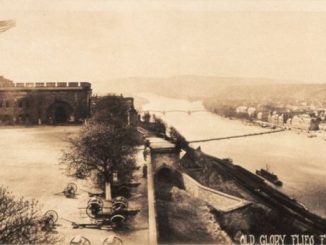
[Rhineland, 1922] Chiara and John left home for the United States, along with the majority of the AFG soldiers. General Allen prevented Ehrenbreitstein fortress from being destructed.
Copyright © 2024 | MH Magazine WordPress Theme by MH Themes